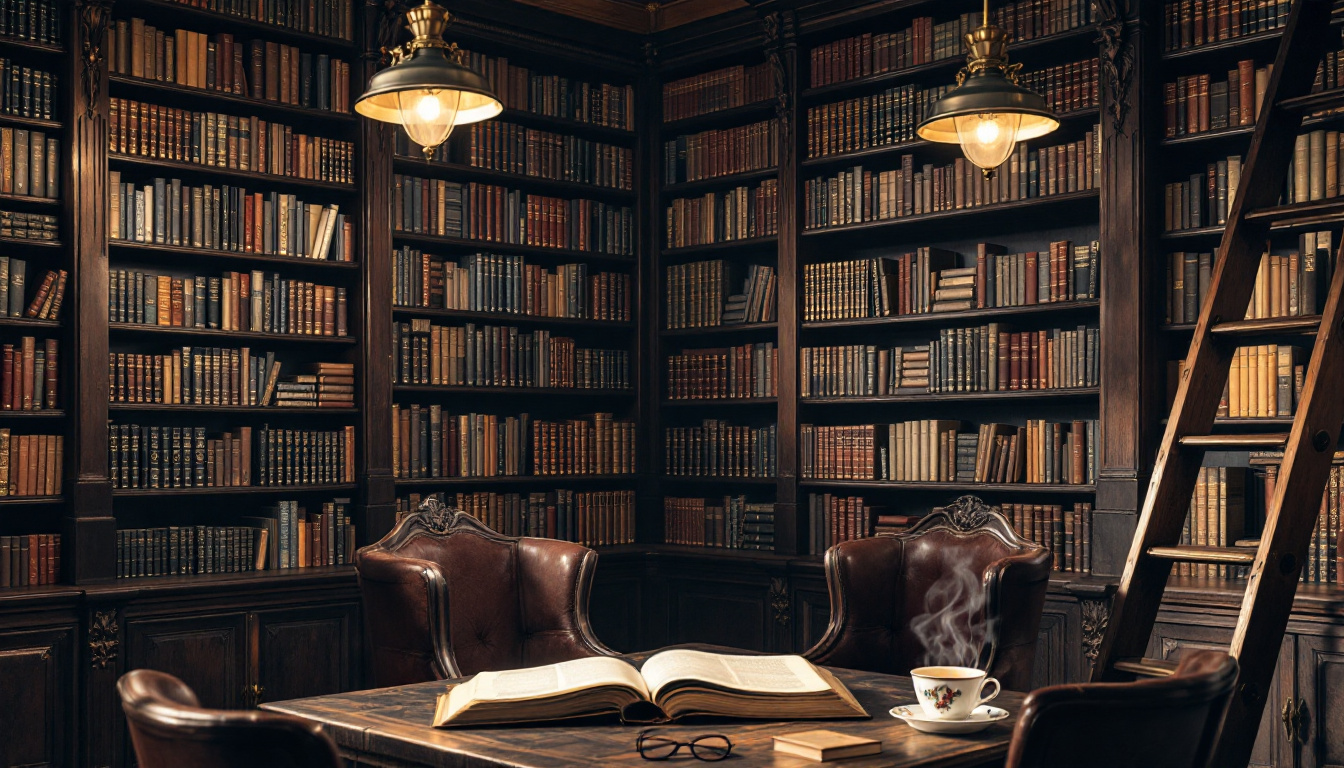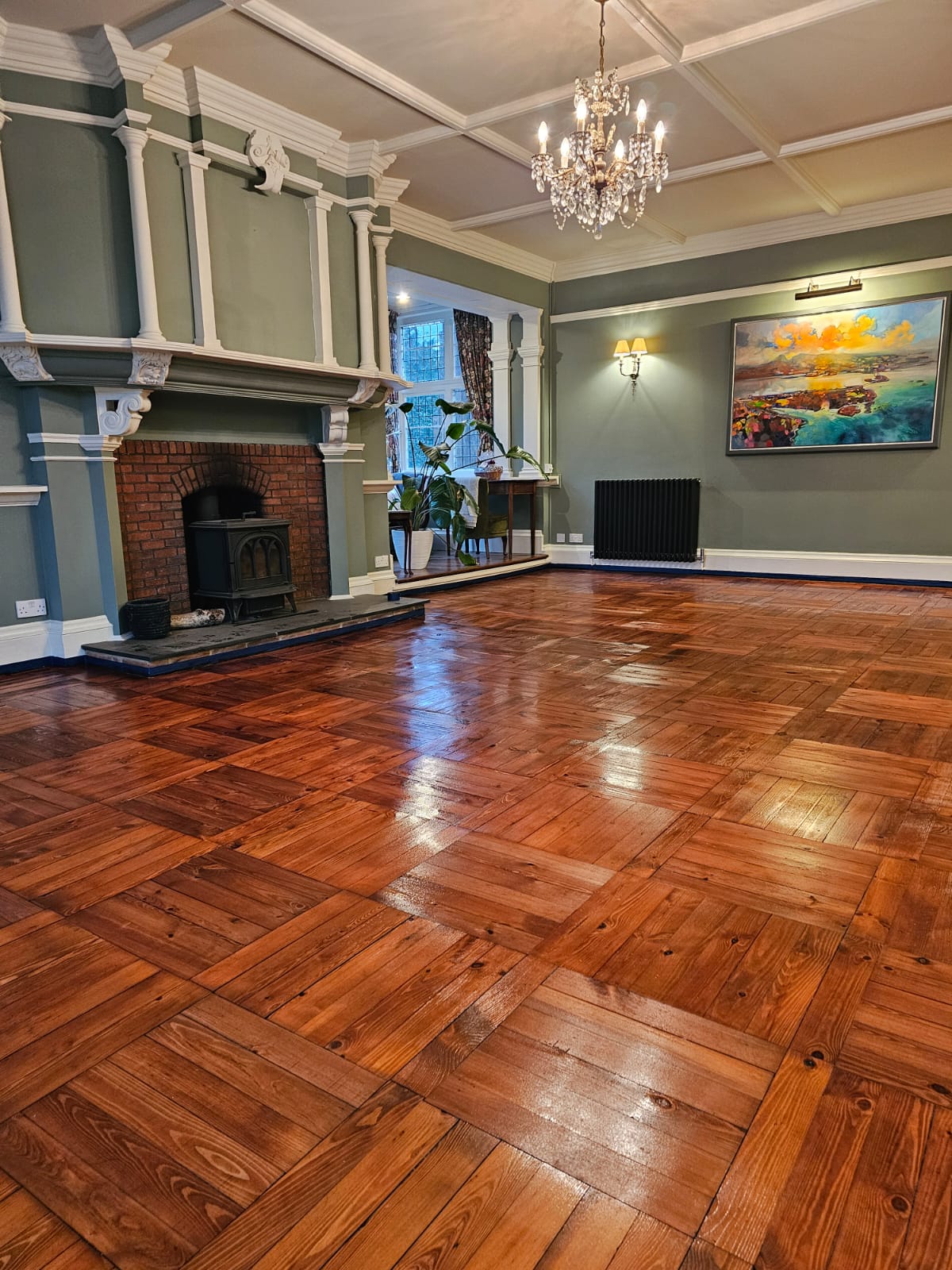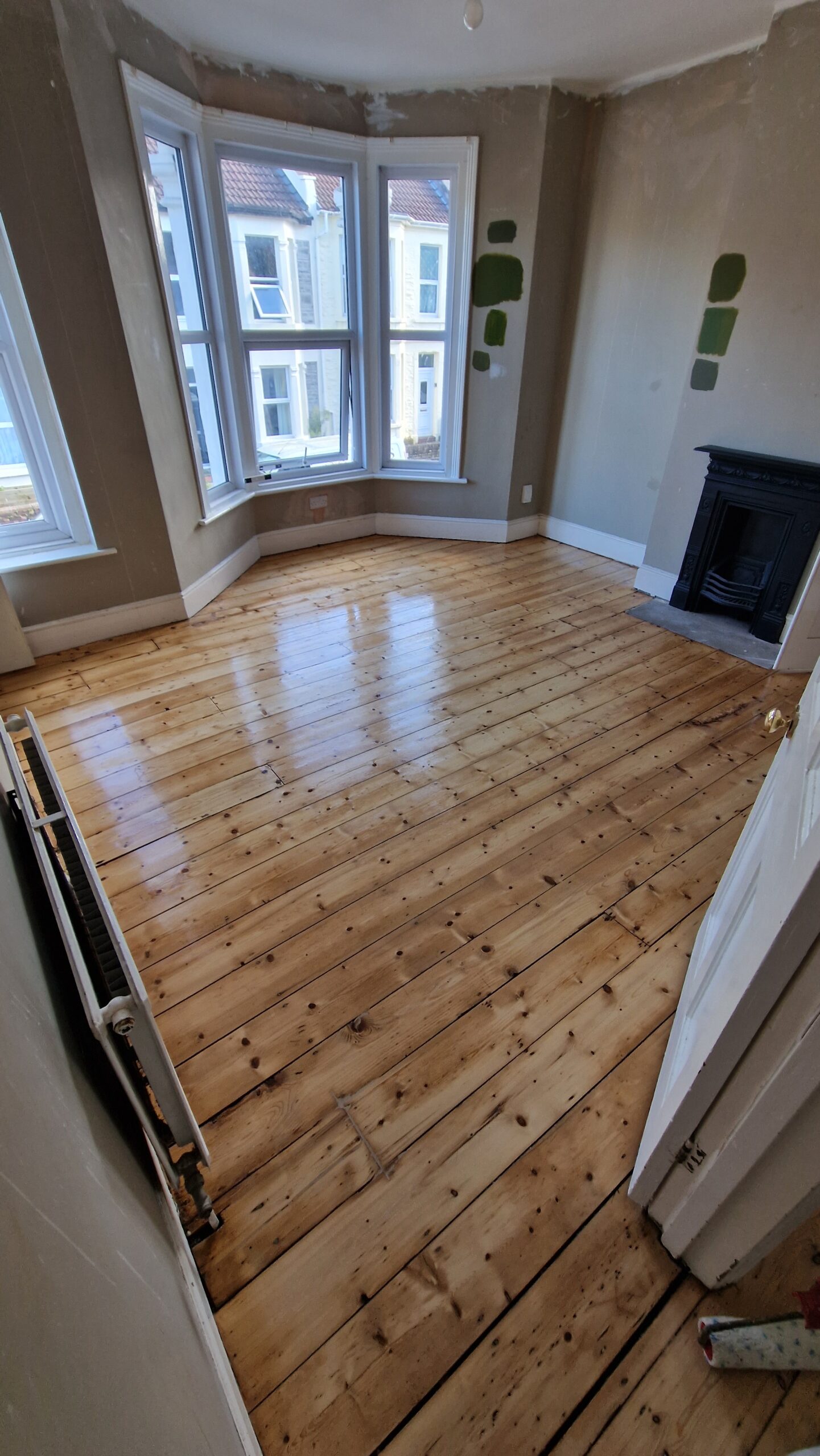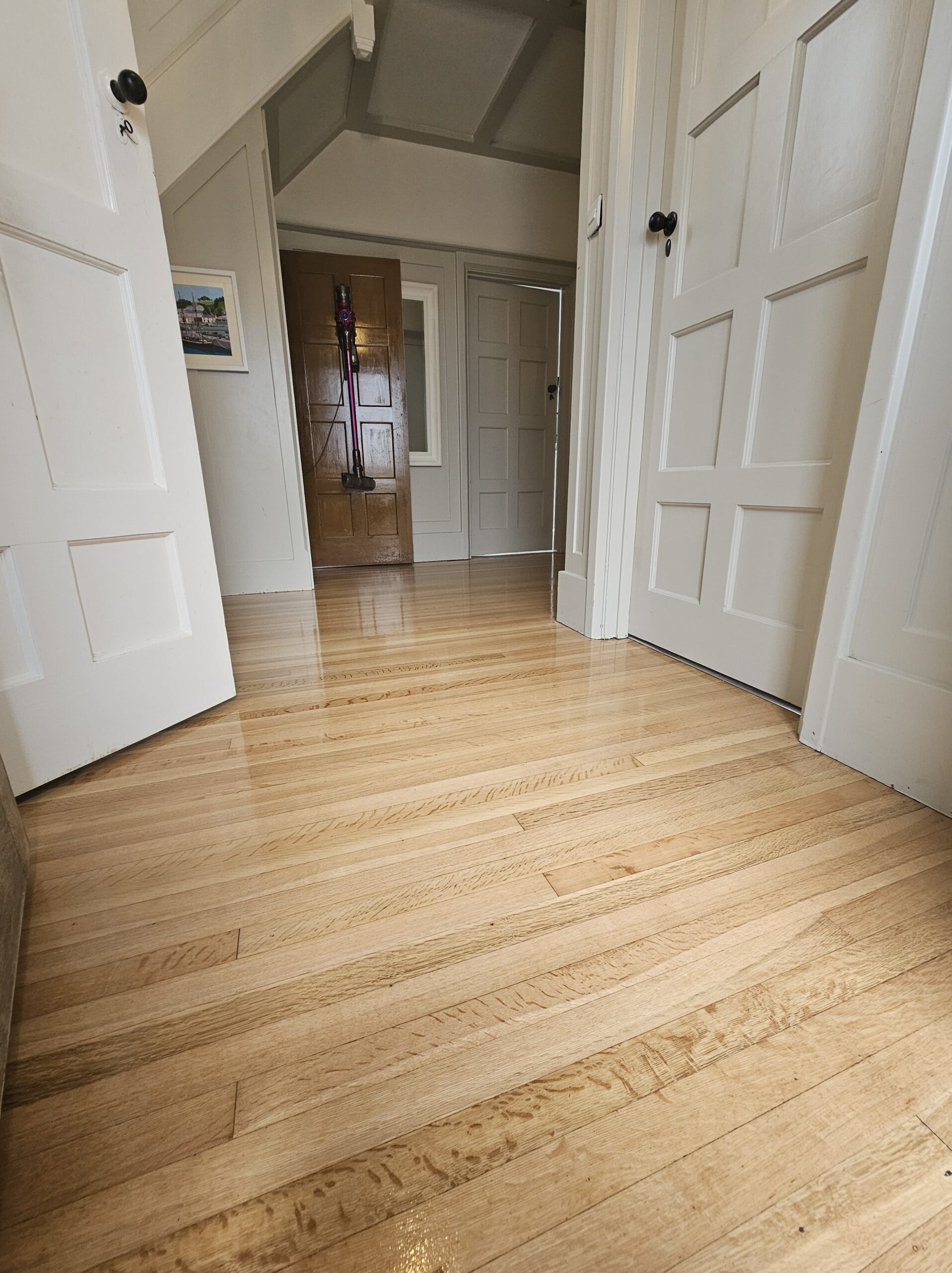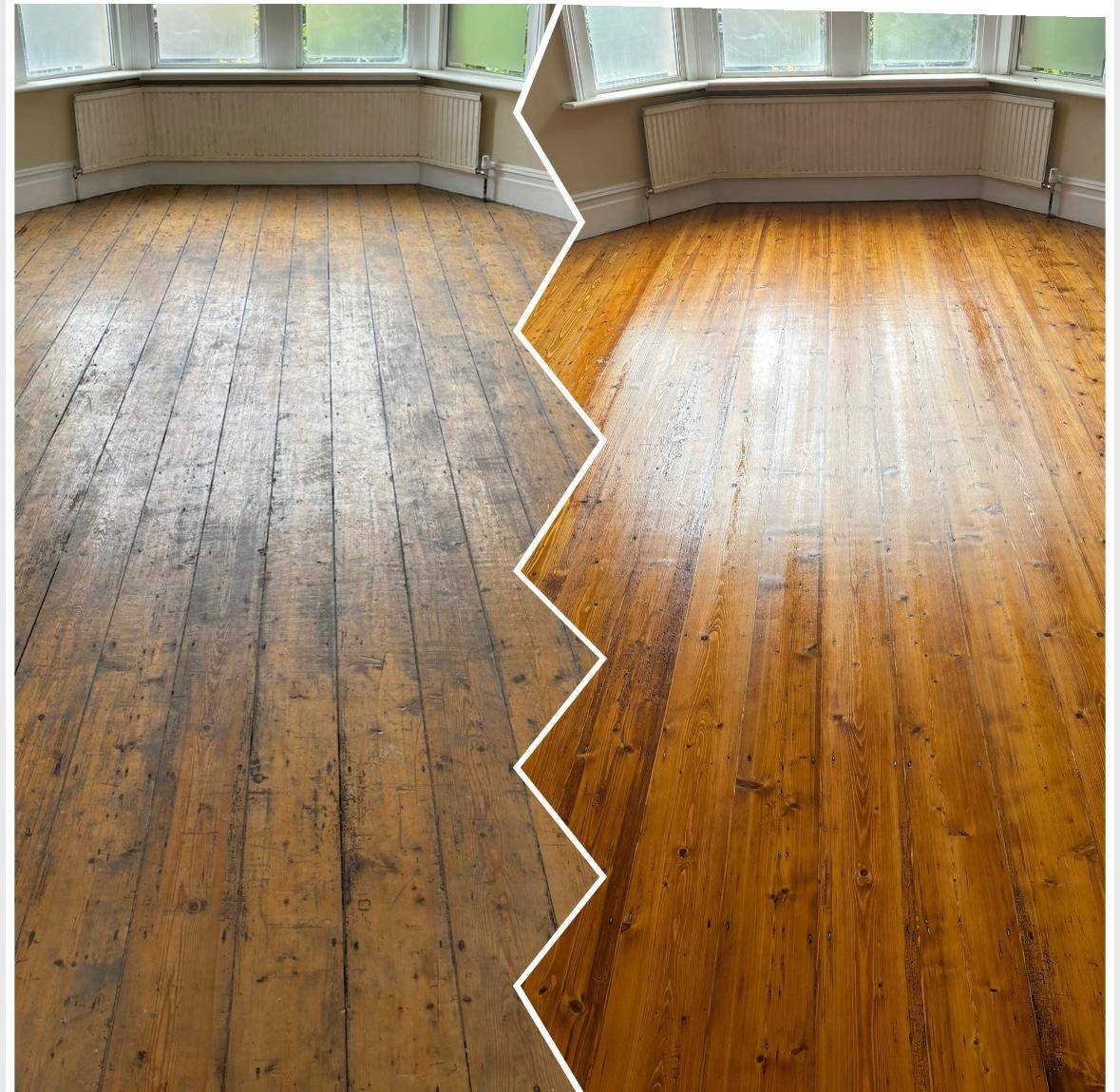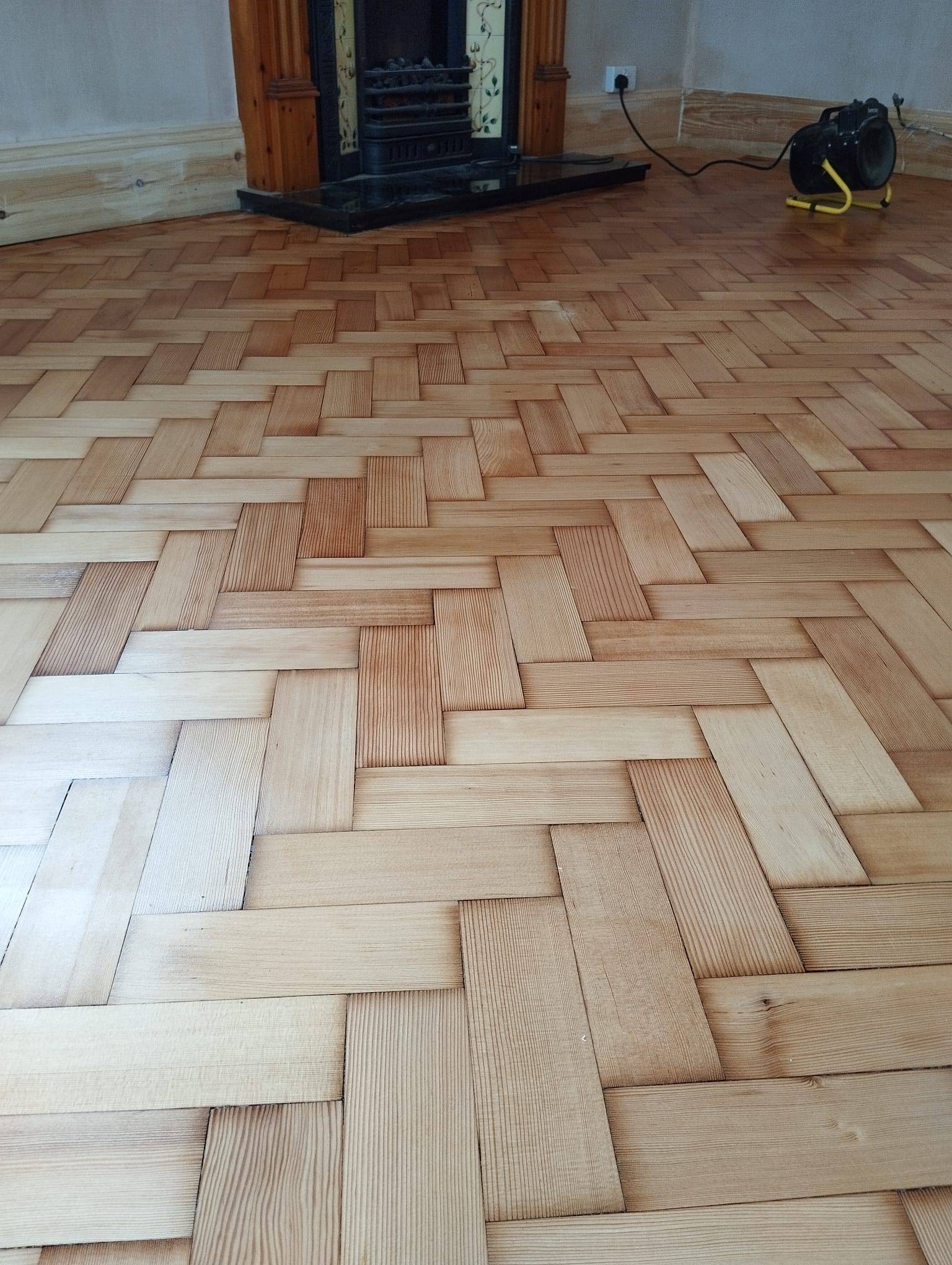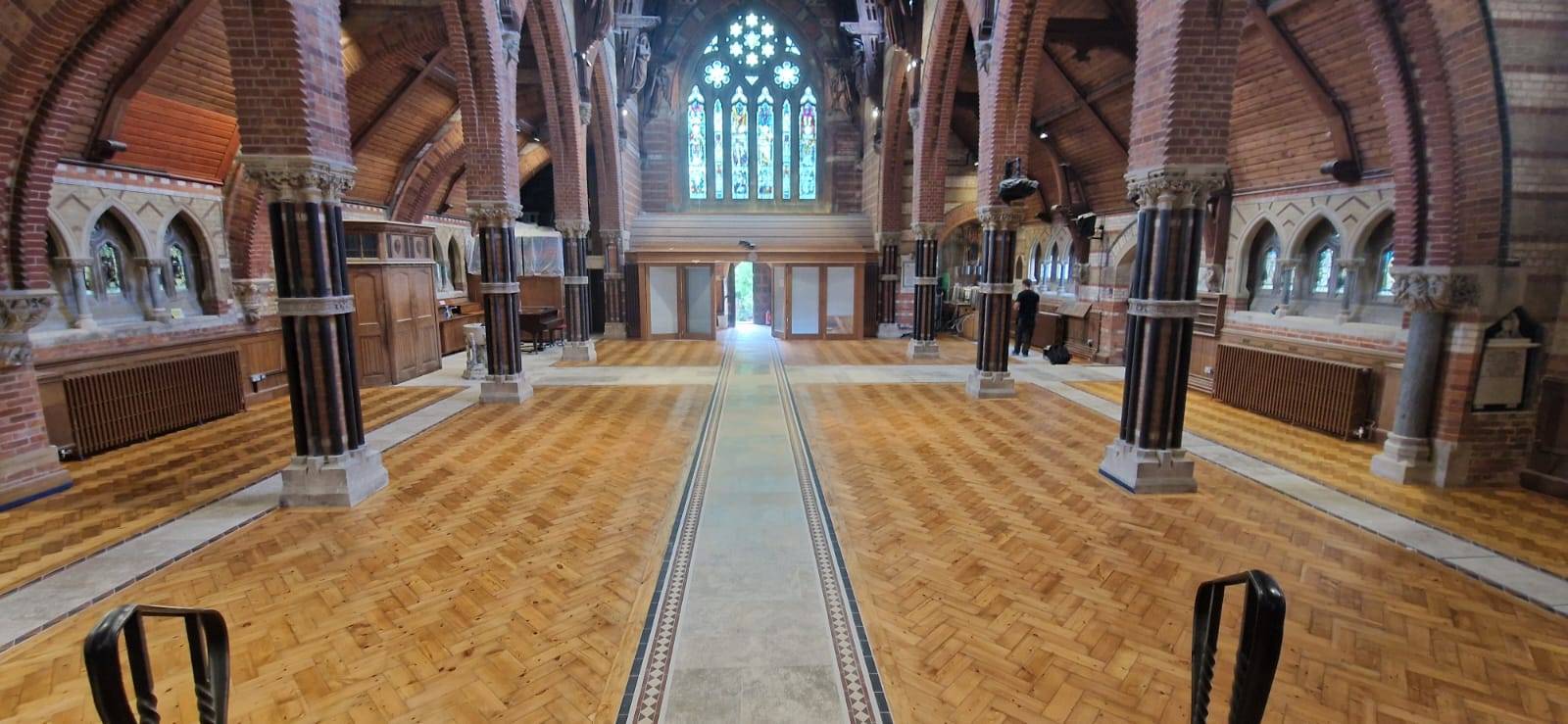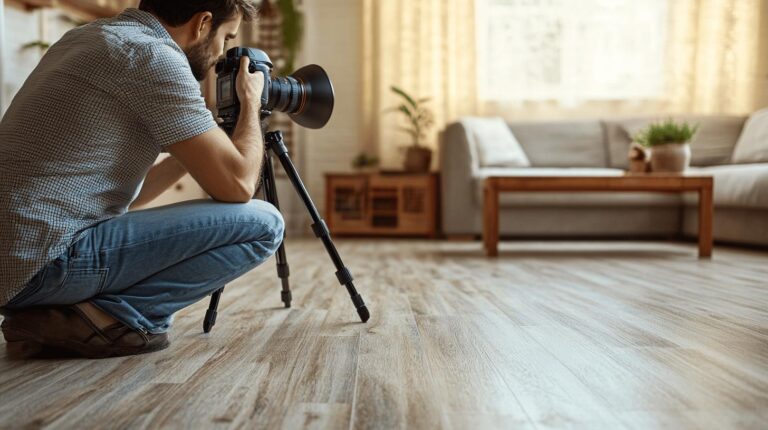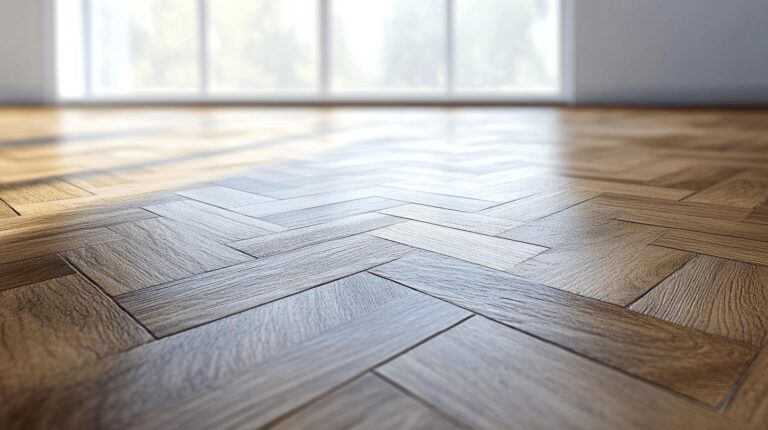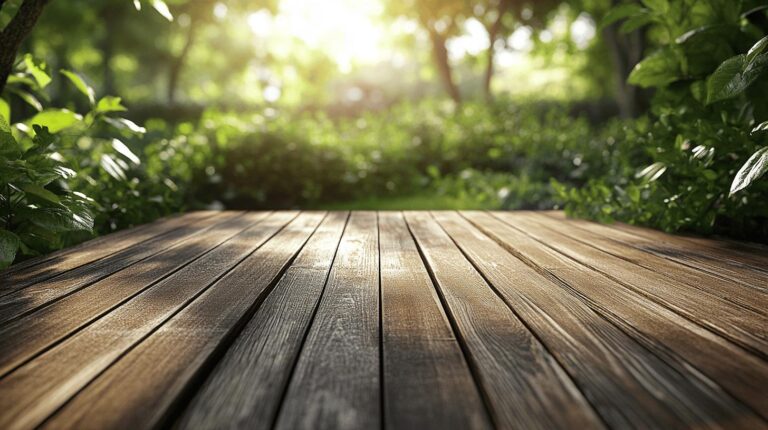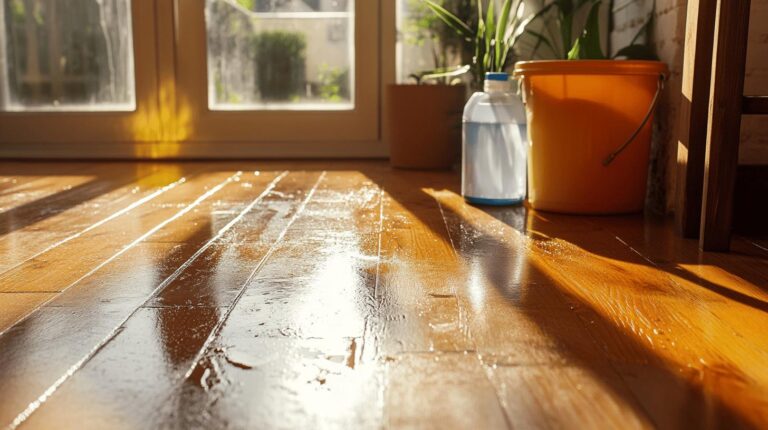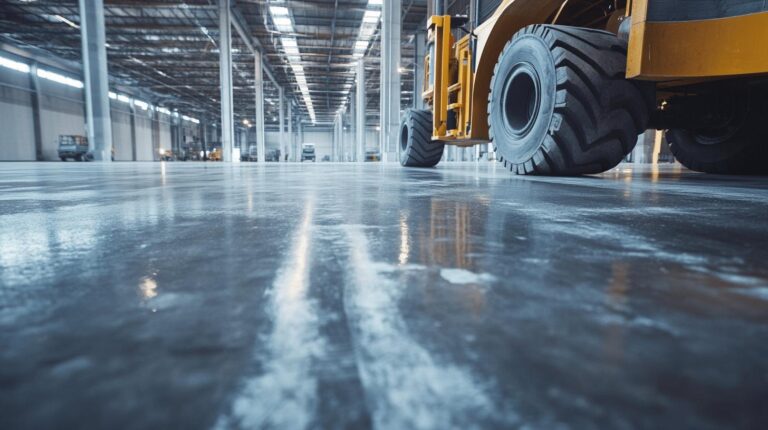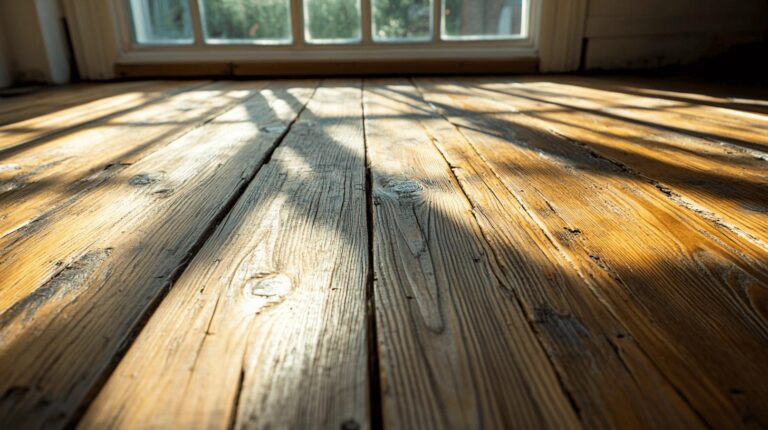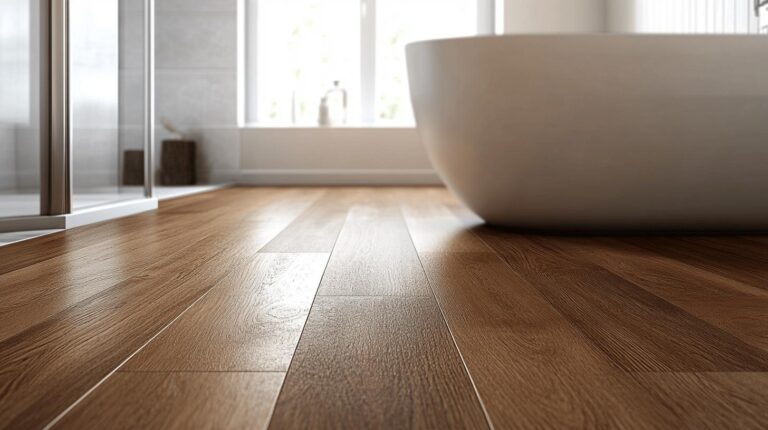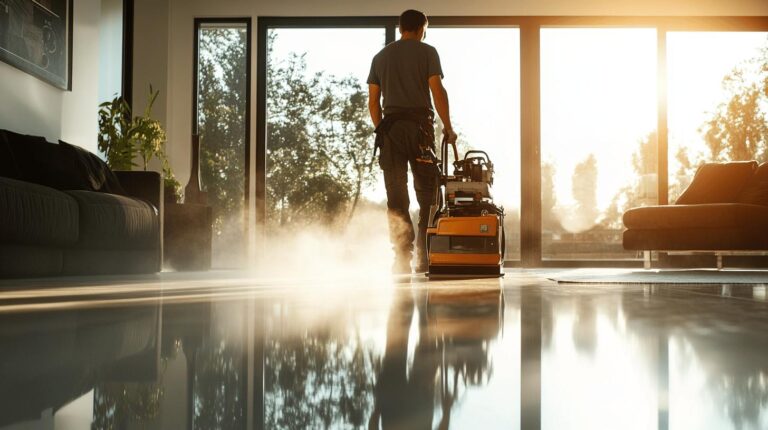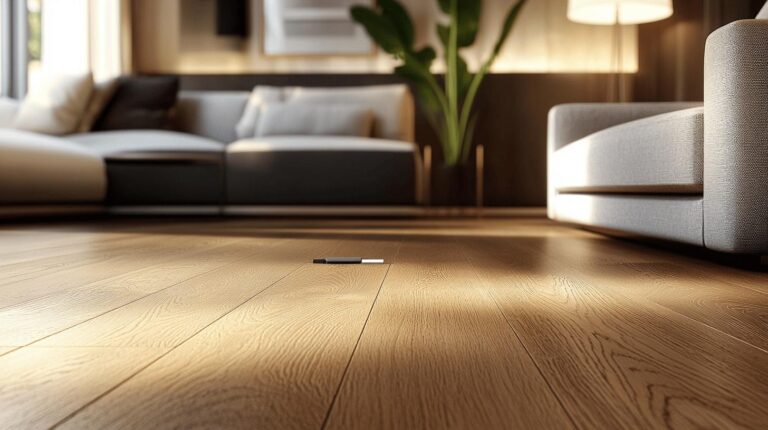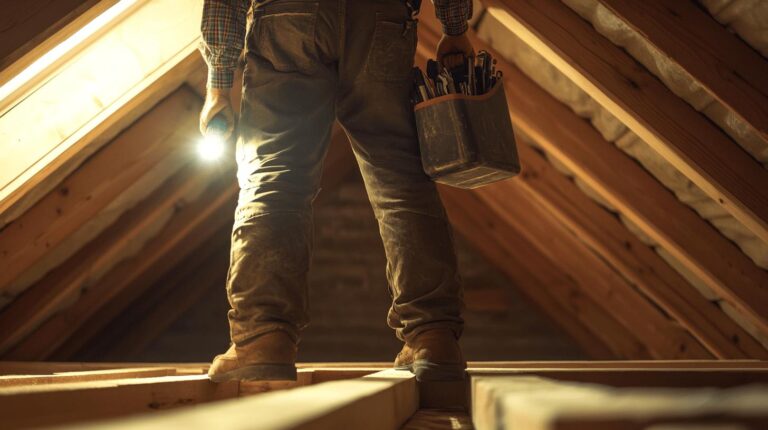Can the floors beneath our feet truly safeguard the past? In libraries and archives, flooring is not just a foundation; it is a sentinel in the preservation of literary heritage. With specialised flooring solutions, these hallowed spaces guard against the ravages of environmental elements, ensuring that timeless tomes and delicate manuscripts endure. From anti-static features to robust load-bearing capacities, flooring choices can mean the difference between preservation and peril. Delve into the world of library and archive flooring and discover how these underfoot defences are vital for conserving the stories of the world.
Specialized Flooring Solutions for Libraries and Archives
Environmental factors pose significant challenges to the preservation of literary collections within libraries and archives. Flooring plays a crucial role in protecting these environments by mitigating the adverse effects of temperature fluctuations and humidity. Excessive moisture can lead to mould growth and deterioration of paper-based materials, while temperature variations can cause warping or expansion of flooring materials, potentially damaging sensitive collections. Therefore, selecting flooring with moisture-resistant properties and thermal stability is essential for maintaining an optimal archival environment. Moreover, flooring solutions that incorporate anti-static properties are vital to prevent static electricity, which can damage sensitive documents and electronic equipment often used in modern archival practices.
- Anti-static properties: Essential to protect electronic equipment and documents from static electricity.
- Load-bearing capacity: Supports heavy shelving and storage units without compromising the floor’s integrity.
- Moisture resistance: Prevents damage from humidity and potential mould growth.
- Thermal stability: Maintains structural integrity despite temperature fluctuations.
- Durability: Withstands high foot traffic and prolonged use in demanding environments.
Utilising specialized flooring solutions offers numerous benefits to libraries and archives. These flooring options provide enhanced durability, ensuring the longevity and preservation of both the flooring itself and the materials stored within the facility. Furthermore, flooring with high load-bearing capacity accommodates the weight of extensive shelving systems and storage units, preventing structural damage over time. By incorporating these tailored features, libraries and archives can maintain a safe, stable environment conducive to the long-term preservation of their valuable collections, thereby safeguarding literary heritage for future generations.
Flooring Materials and Their Role in Protecting Literary Heritage
Selecting appropriate library flooring materials is crucial to the preservation of books and other literary artefacts. The right materials not only provide a stable environment but also protect against potential damage from environmental factors such as humidity and temperature fluctuations. Flooring that offers moisture resistance and thermal stability is particularly important in ensuring that literary collections remain intact and undamaged over time. Additionally, anti-static properties are essential for safeguarding both physical and digital archives, as static discharge can harm sensitive documents and electronic devices. Thus, the choice of flooring materials directly impacts the longevity and integrity of literary heritage.
Rubber, vinyl, and specialized carpet tiles are among the most recommended materials for library and archive environments due to their durability and protective qualities. Rubber flooring is known for its resilience and capacity to withstand heavy foot traffic, making it ideal for busy library settings. Vinyl flooring offers excellent moisture resistance, which is necessary for maintaining dryness and preventing mould growth on literary collections. Specialized carpet tiles can provide both aesthetic appeal and functional benefits, such as noise reduction and additional comfort underfoot. Each of these materials serves specific needs, allowing for tailored flooring solutions that support the preservation of books and other archival materials.
Case studies across various library and archive settings demonstrate the success of implementing these flooring materials in preserving literary collections. For instance, a library that utilised rubber flooring reported a significant reduction in maintenance requirements, allowing resources to be allocated more effectively towards conservation efforts. Another case highlighted the use of vinyl flooring in an archive, which successfully prevented moisture-induced damage to rare documents during a period of high humidity. These examples underscore the importance of choosing the right flooring materials, as they contribute not only to the functional needs of the space but also to the long-term preservation and protection of invaluable literary heritage.
Managing Environmental Conditions with Library Flooring
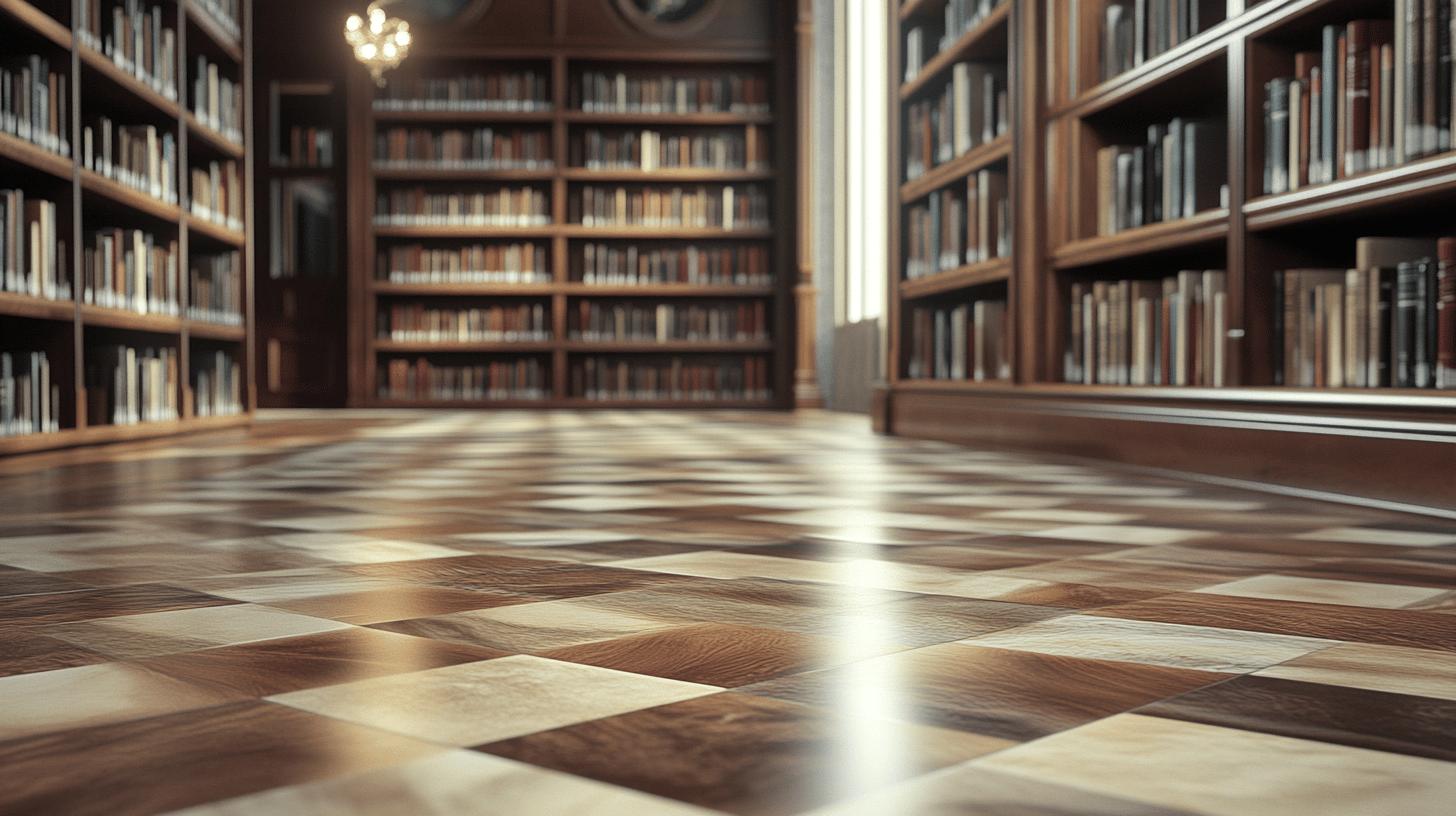
Temperature and humidity levels play a pivotal role in the preservation of literary collections within libraries and archives. Fluctuating temperatures can lead to the expansion and contraction of flooring materials, which may compromise the structural integrity of the floor and, subsequently, the safety of the documents stored within the facility. Humidity, on the other hand, can foster mould growth and cause paper materials to deteriorate, endangering valuable collections. Flooring solutions that offer thermal stability and moisture resistance are essential in creating an environment conducive to long-term preservation. These features help maintain consistent conditions, protecting both the flooring and the literary collections housed in these spaces.
Expert recommendations stress the importance of choosing flooring materials tailored to specific environmental challenges faced by libraries and archives. Rubber flooring is often advised due to its thermal stability, which helps mitigate the effects of temperature changes. Vinyl flooring is recommended for its superior moisture resistance, crucial for controlling humidity levels and preventing damage to paper-based collections. Anti-static carpet tiles are suggested to manage static electricity, protecting sensitive electronic equipment and digital archives. By selecting appropriate flooring solutions, libraries and archives can effectively manage environmental conditions to ensure the preservation of their literary heritage.
Flooring Design Considerations for High-Traffic Areas
High-traffic areas in libraries and archives pose unique challenges for flooring design. The constant movement of visitors, staff, and equipment requires flooring that can endure significant wear and tear without compromising its structural integrity. What types of flooring can withstand high foot traffic? Materials like rubber and vinyl are often chosen for their resilience and ability to maintain their appearance despite heavy usage. These materials help ensure that the flooring remains safe and functional over time, reducing the need for frequent replacements or repairs.
Durability is a key consideration when selecting flooring for high-traffic areas. Why is durability important in library flooring? Durable flooring not only withstands the physical demands of high foot traffic but also supports the weight of heavy furniture and shelving. Additionally, flooring maintenance in archives is crucial for preserving its functionality and appearance. Well-designed flooring should be resistant to scratches, stains, and other forms of damage that could detract from the overall aesthetic and safety of the library environment.
Ensuring the longevity of flooring in high-traffic areas involves implementing effective maintenance strategies. What are practical maintenance tips for preserving flooring quality? Regular cleaning schedules, using appropriate cleaning agents, and promptly addressing spills or stains can significantly extend the life of the flooring. Additionally, employing protective measures such as entrance mats and furniture pads can prevent unnecessary wear. By following these practices, libraries and archives can maintain their flooring quality, ensuring a welcoming and safe environment for all users.
The Impact of Flooring on Library Aesthetics and Acoustics
How does flooring contribute to the overall interior design of a library? Flooring plays a pivotal role in shaping the aesthetic appeal and ambience of library spaces. It sets the foundation for interior design, influencing everything from colour schemes to the perception of space. Different flooring materials can evoke various moods—wooden floors can lend a classic, timeless feel, while carpet tiles might offer a modern and cosy atmosphere. Beyond aesthetics, flooring must also align with practical requirements, such as durability and ease of maintenance, ensuring that the library remains visually appealing while withstanding daily wear.
- Carpet tiles: Excellent for sound absorption, reducing noise levels significantly.
- Cork flooring: Known for its natural sound-dampening properties.
- Rubber flooring: Provides durability with added acoustic benefits.
- Vinyl flooring: Offers a balance of aesthetics and sound reduction capabilities.
Balancing design and functionality is essential to enhance the library experience. Flooring not only impacts the visual appeal but also contributes significantly to the acoustic environment. Why is acoustic performance important in libraries? Libraries require a quiet atmosphere conducive to reading and studying, and the right flooring can help achieve this by minimising noise transmission and enhancing sound quality. By selecting flooring materials that harmonise aesthetics with acoustic benefits, libraries can create an environment that is both visually pleasing and acoustically sound, enriching the overall experience for visitors and staff alike.
Expert Recommendations for Flooring Longevity in Libraries
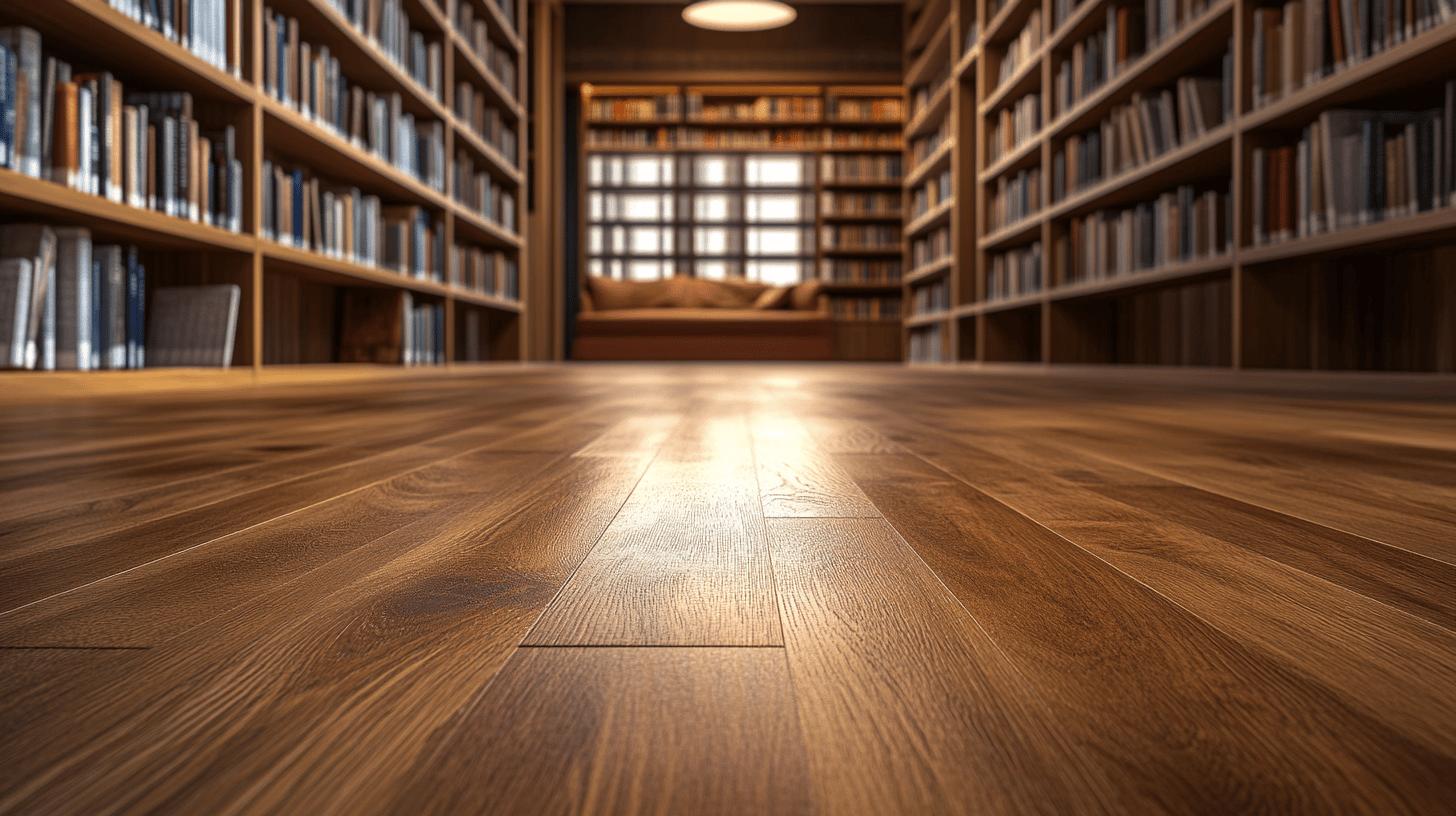
What material choices contribute to the longevity of library flooring? Selecting materials with inherent durability and resilience is crucial for ensuring the longevity of flooring in libraries and archives. Rubber and vinyl are often recommended due to their resistance to wear and tear, making them suitable for high-traffic areas. These materials can withstand the weight of heavy shelving and equipment, preventing structural damage over time. Additionally, their moisture-resistant properties help protect against environmental factors that can degrade flooring and threaten literary collections.
How can maintenance strategies impact the preservation of library flooring? Effective maintenance strategies are essential for extending the life of library flooring. Regular cleaning schedules and the use of appropriate cleaning agents prevent the accumulation of dirt and grime that can cause deterioration. Ryan’s Restoration emphasizes the importance of prompt attention to spills and stains to maintain the flooring’s aesthetic and functional integrity. Employing protective measures, such as entrance mats and furniture pads, can further guard against wear, ensuring that the flooring remains in optimal condition for preserving the library’s literary heritage.
Final Words
The article delves into essential flooring solutions designed for libraries and archives, which are vital for sustaining literary collections. It underscores the necessity of selecting robust materials like rubber, vinyl, and carpet tiles, promoting durability and protection against environmental stressors. Managing variables such as temperature and humidity is crucial for document preservation, with expert recommendations vital to efficient flooring selection and maintenance.
Designing for high-traffic areas ensures durability, complemented by maintenance strategies from Ryan’s Restoration. Ultimately, flooring not only safeguards library collections but also enhances aesthetics and acoustics, solidifying its role in Library and Archive Flooring: Protecting Literary Heritage.
FAQ
What are the key environmental factors that library flooring must protect against?
Library flooring must protect against moisture, temperature fluctuations, and environmental factors that may harm sensitive documents. Durable materials are essential to shield against such threats.
What features should specialized flooring for libraries and archives have?
Specialized flooring should have anti-static properties, high load-bearing capacity, durability, moisture resistance, and fire-retardant capabilities. These features help protect sensitive documents and support heavy shelving.
What flooring materials are recommended for protecting literary heritage?
Rubber, vinyl, and specialized carpet tiles are recommended due to their durability and protective qualities. These materials help preserve books by providing stable environmental conditions.
How do rubber, vinyl, and carpet tiles benefit libraries?
Rubber, vinyl, and carpet tiles offer durability, ease of maintenance, and environmental protection. They are suitable for high-traffic areas and contribute to the preservation and aesthetic appeal of library spaces.
What role do flooring materials play in managing temperature and humidity control in libraries?
Flooring materials help manage temperature and humidity, which is crucial for preserving documents. Expert recommendations include flooring solutions designed to withstand these environmental conditions.
How can flooring solutions enhance acoustics and aesthetics in libraries?
Flooring choices influence library aesthetics and acoustics. Options like cork, carpets, rubber, and laminate provide acoustic benefits, enhancing the library’s environment while maintaining visual appeal.
What are the best maintenance practices for library flooring to ensure longevity?
Maintaining library flooring involves regular cleaning, repairing damage promptly, and using appropriate cleaning agents. Experts like Ryan’s Restoration recommend specific strategies to prolong flooring life.
